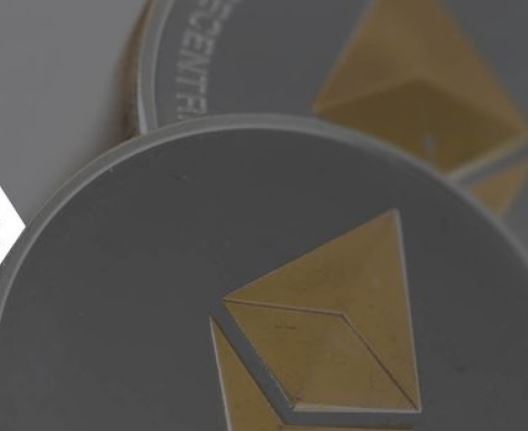Hours to Go: How to Watch Ethereum’s Fork as It Happens

The first part of a larger, multi-part upgrade, the so-called “Byzantium” code will make the blockchain lighter and faster, paving the way for better decentralized applications (dapps), while also enhancing network privacy.
New features aside, however, ethereum developers are mostly optimistic about the upgrade. Although developers on the most popular clients have had to iron out a pair of bugs in the days leading up to change, there’s confidence that the upgrade will be smooth.
New and seasoned investors won’t likely want to take others’ word for it, however. So, if you’re eager to see for yourself, here’s how to monitor the update in real time:
Fork countdown
Adding uncertainty to hard forks is their reliance on block numbers as a way to signal upgrades. Simply put, rather than have everyone change their software at a specific time, users rely on the numbered blocks in the blockchain itself as a means of coordinating.
Because of this, no one knows exactly when the hard fork will take place. Yet, that doesn’t mean there’s no way to keep an eye out.
To track when this block number will be hit, Singapore-based smart contract company CodeTract has released a fork countdown, showing how many blocks remain and roughly, how much time is left until the fork occurs.
By current projections, the hard fork looks like it will execute on early Monday.
Mining hashrate
Once the fork happens, users will want to track how much of the ethereum ecosystem moves over, and how quickly they do so.
This is a key metric to track. As long as miners are mining on the old version of ethereum, it will remain operational (and valuable). If that persists for long enough, it could lead to a split (although ethereum developers think this is unlikely due to specifics in the code).
Developers aren’t going in blind either – already, the Byzantium code has undergone testing to give an idea of how the fork would play out. For example, earlier this week, all miners on a test version of the network made the migration, a small (but encouraging) sign of what to expect.
The best way to watch this is on the Ethereum Foundation’s website, which will show what percentage of ethereum miners that have moved over to the new blockchain when the fork happens.
Nodes
But, miners are not the only stakeholders in ethereum who need to upgrade; developers, users and companies running nodes, which store a full copy of the ledger, also need to download new software or risk falling behind.
Ether Nodes tracks how many node operators are running clients compatible with Byzantium.
Geth, the most popular ethereum client, released fork-ready software in version 1.7.1. And Parity, the second most popular client, released 1.7.4, which is compatible and fixes some consensus bugs.
Right now, 60 percent of Geth nodes and 27 percent of Parity nodes have upgraded to a hard fork-compatible version. With under a day left before the fork, most node operators still need to upgrade.
Price
Of course, there may be more immediate reasons you’re worried about a split.
If money’s on the mind, you can always be sure to monitor the price of ether. For that, you can turn to our ethereum price page, which will update in real time as the fork happens.
Stadium seats via Shutterstock











Responses